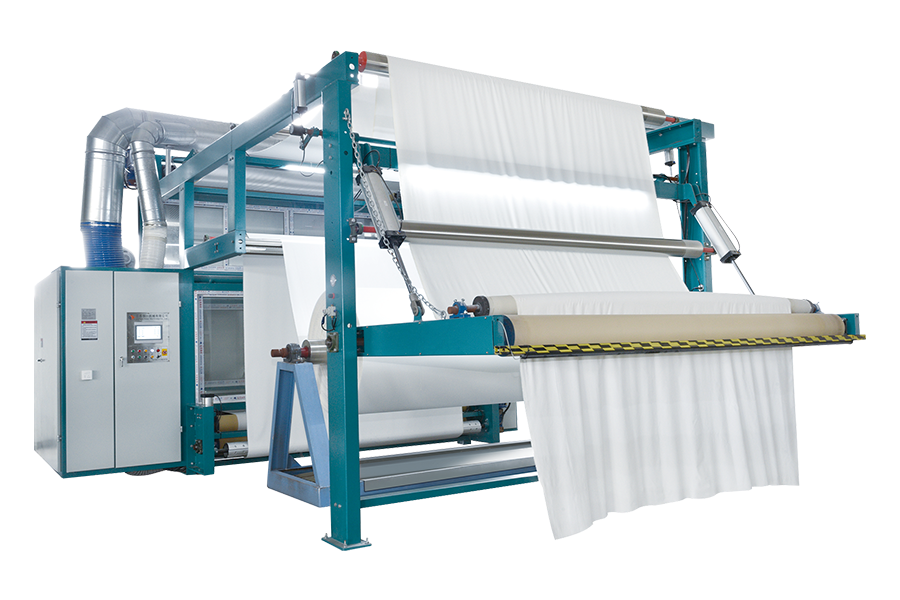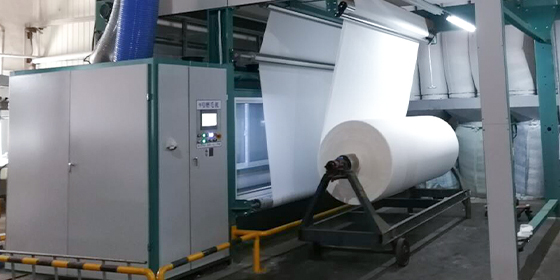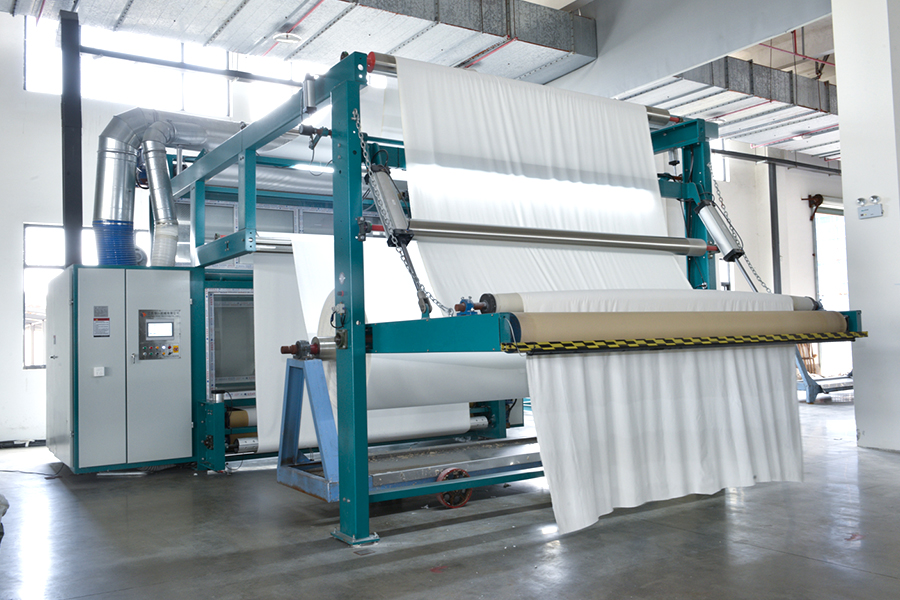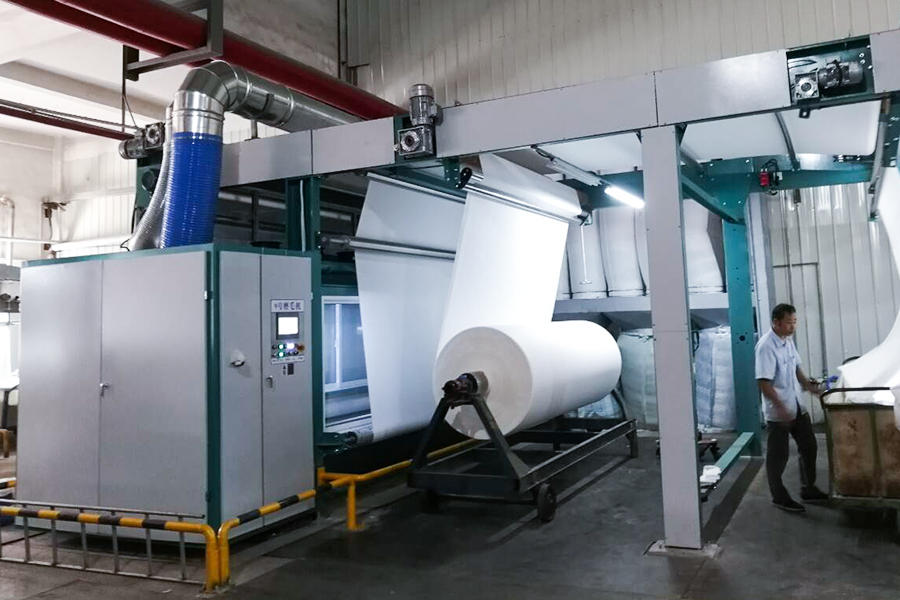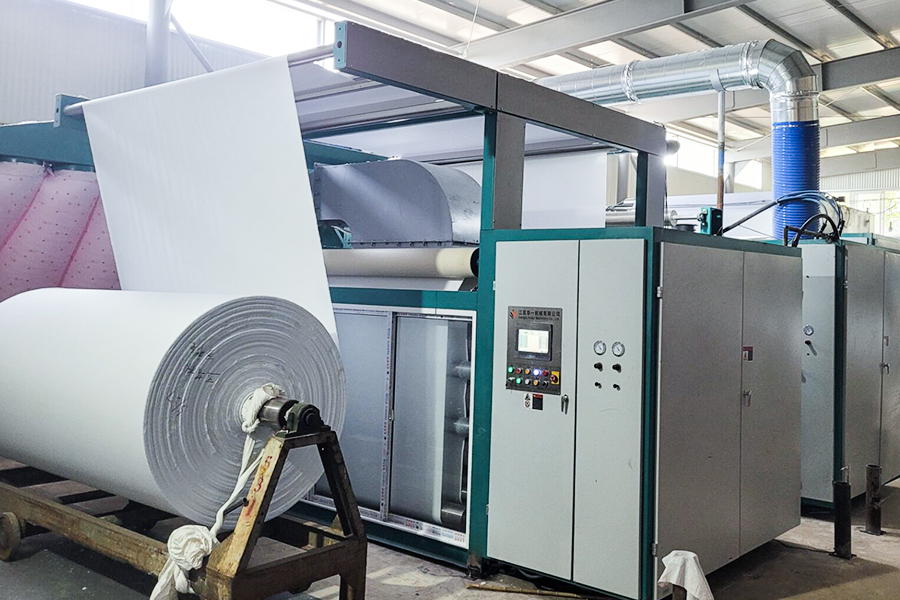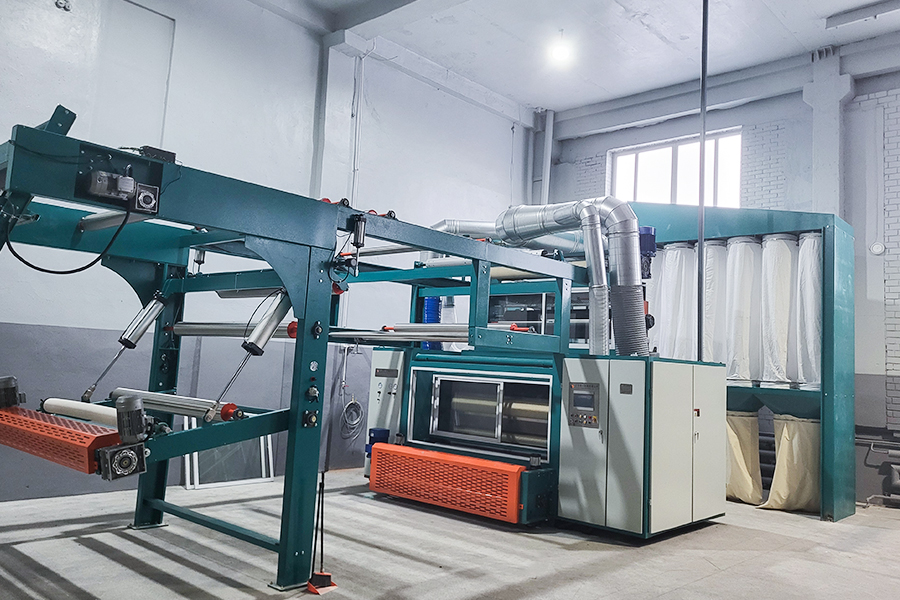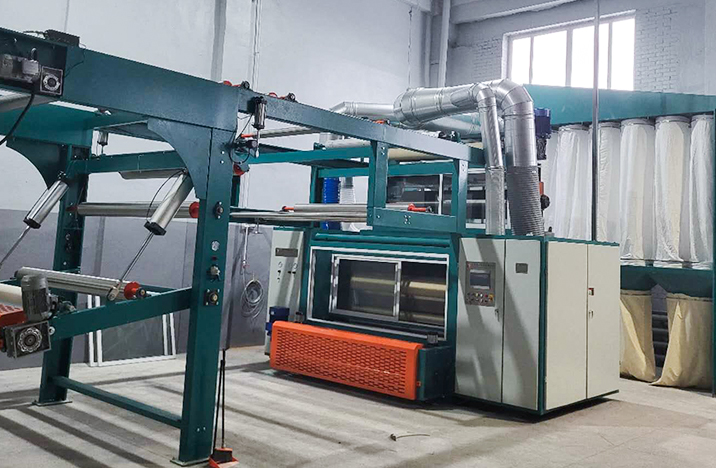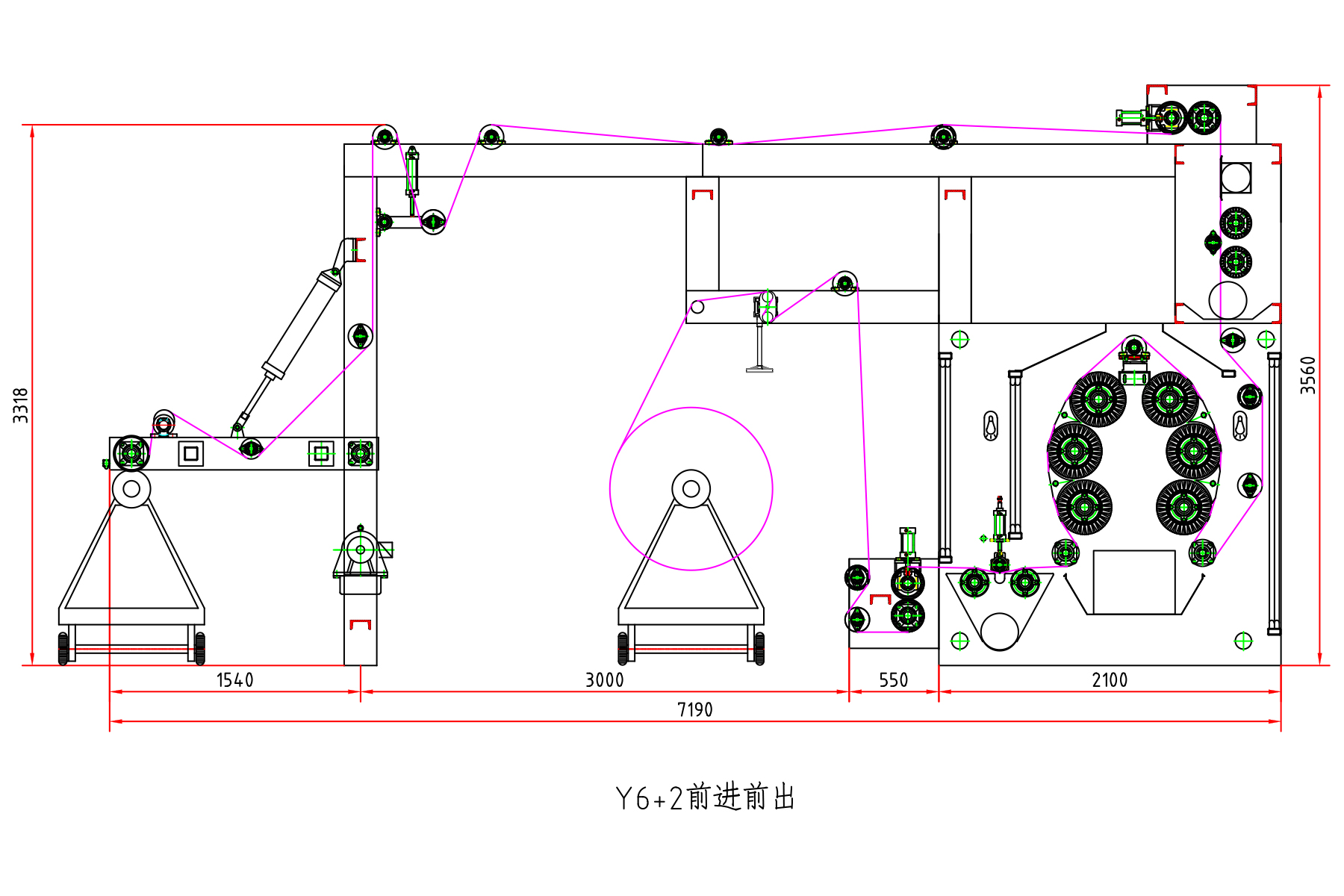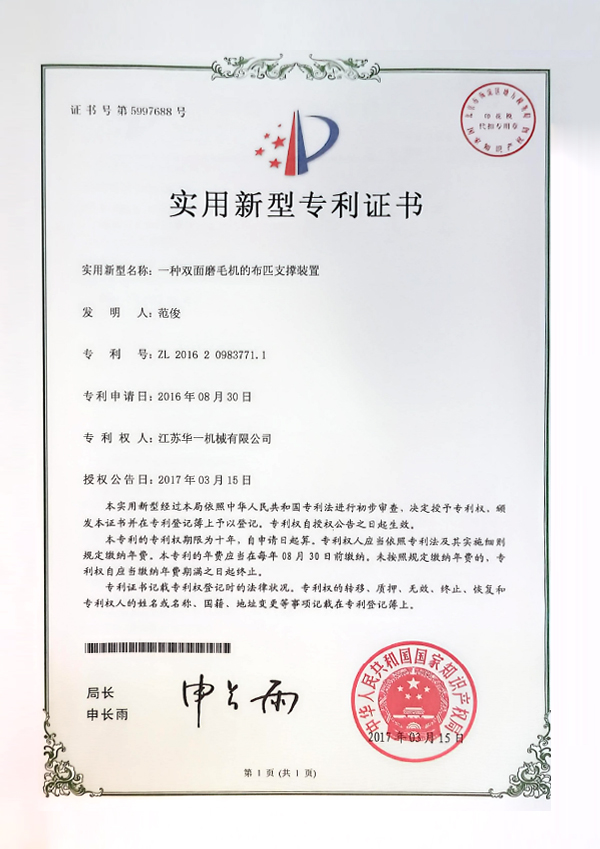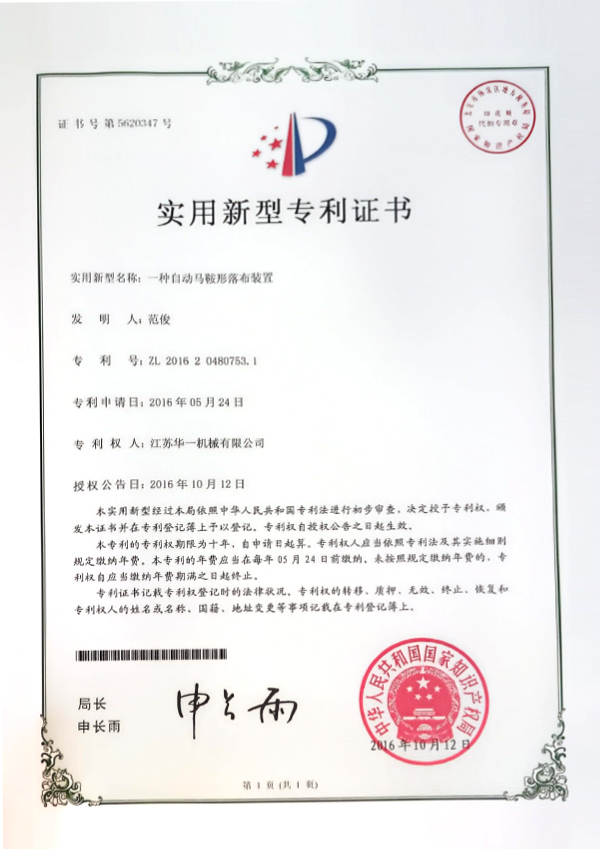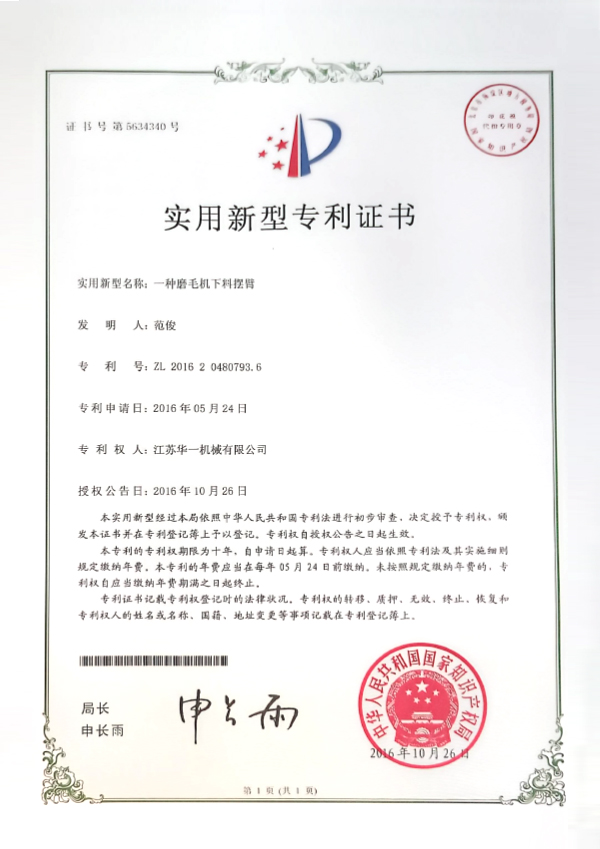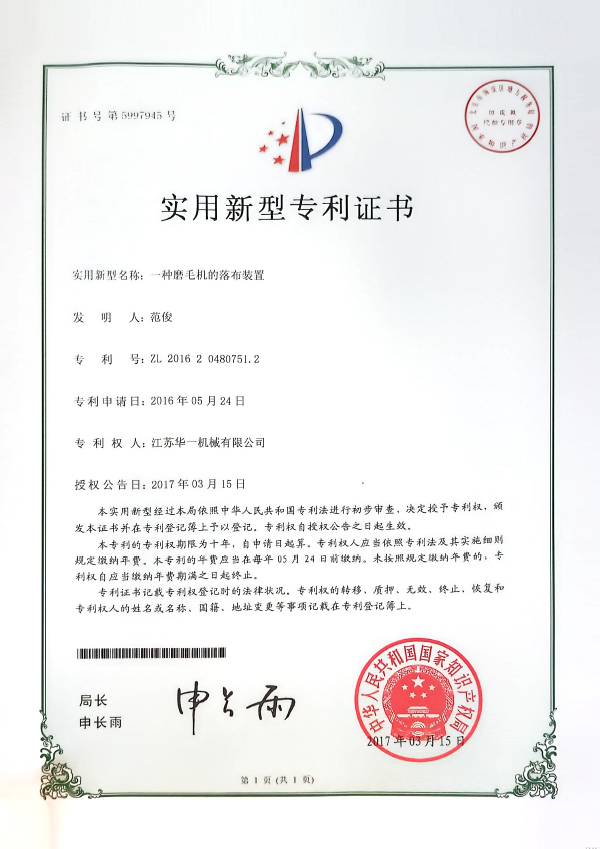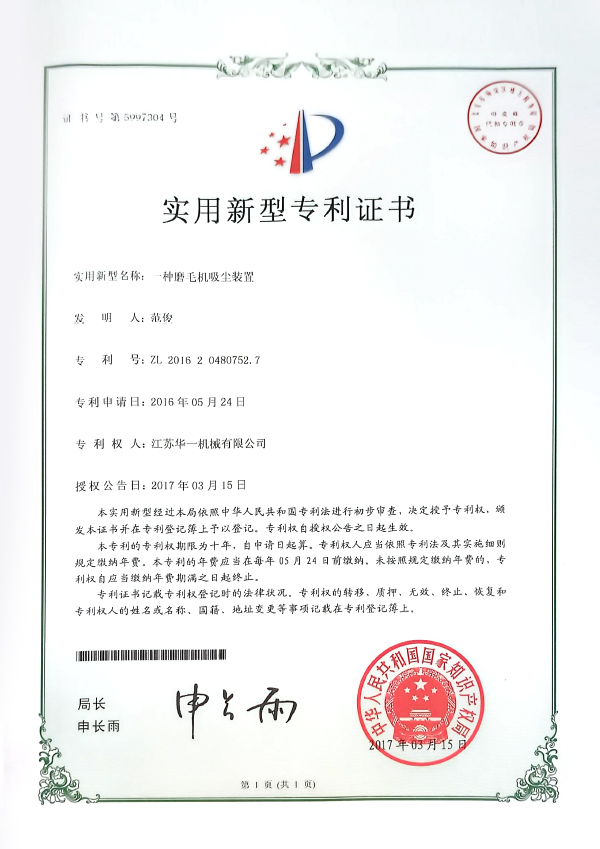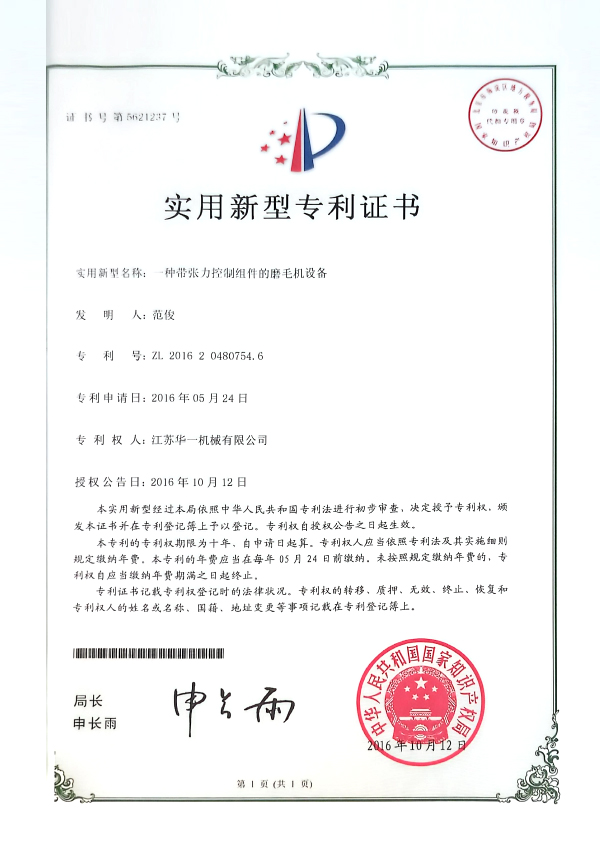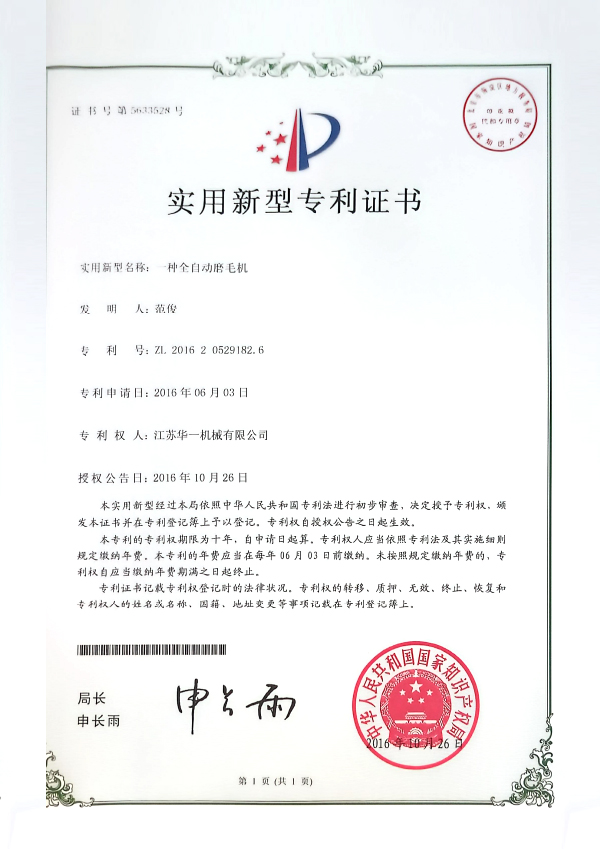How does advanced online control technology improve stability?
In modern textile processing, stability is a key indicator of equipment performance and production efficiency. The cutting-edge online control system used in the Planetary Carbon (Ceramic) Fiber Sueding Machine for Woven Y-Model is designed to meet this high standard. By monitoring and automatically adjusting multiple key parameters during the sanding process in real time, this system significantly improves the stability and consistency of the entire process, ensuring consistent product quality.
Real-time tension control prevents fabric deformation: Tension fluctuations are a significant factor affecting fabric surface uniformity. This machine's online control system uses sensors to monitor the infeed and outfeed tension in real time and automatically adjusts the tension dynamically, effectively preventing fabric deformation such as stretching and shrinkage during the sanding process, thereby ensuring fabric surface stability and consistent processing.
Automatic wrap angle adjustment ensures uniform sanding: The wrap angle directly determines the contact area and angle between the fabric and the grinding roller, which in turn affects the sanding effect. The Y‑Model system automatically adjusts the wrapping angle based on fabric characteristics, eliminating manual intervention and human error, ensuring ideal sanding depth and consistent style across batches.
Constant pressure system improves process consistency: Pressure fluctuations directly impact sanding quality, especially critical for high-end fabrics that require a consistent feel. The Y‑Model utilizes precision hydraulic or pneumatic control units to maintain constant pressure output during the sanding process, ensuring consistent style, feel, and sanding results.
Synchronized speed control accommodates diverse fabric requirements: Different fabrics have varying sensitivity to processing speed. This online system supports synchronized speed control across the entire line and automatically matches the optimal processing speed for different fabric types (such as cotton, polyester, and blends) based on preset patterns, achieving efficient and stable production output.
High repeatability ensures batch stability: The Y‑Model allows all key parameters to be set as standard procedures for one-click reproducibility. This ensures consistent product quality regardless of operator changes or between orders, significantly improving production reliability and batch stability, truly achieving industrial-grade "process replication."
What practical improvements have been achieved through optimized equipment structure?
Compared to traditional models in the industry, the Y-Model Planetary Carbon (Ceramic) Fiber Sueding Machine for Woven, meticulously crafted by Jiangsu Huayi Machinery Co., Ltd., features systematic optimizations in structural design and space utilization, specifically in the following areas:
Modular and compact design saves space: The Y-Model machine utilizes an advanced modular and compact design concept, with a scientifically and rationally planned internal structure, significantly reducing its overall footprint. This not only helps textile mills effectively utilize limited workshop space but also facilitates flexible equipment layout and future expansion. This rational space utilization improves operator efficiency, simplifies equipment installation and commissioning, and enhances overall operational efficiency.
Highly stable operation with excellent noise and vibration reduction: The machine utilizes a high-strength steel frame and multi-point support design, significantly enhancing its overall rigidity and stability. The advanced vibration and noise reduction system, developed through Huayi Machinery's years of accumulated expertise, effectively suppresses vibration and noise generated during operation, significantly improving the operating environment, reducing noise pollution, and safeguarding the operator's physical and mental health. At the same time, stable mechanical performance reduces fatigue wear on equipment components, extending service life and lowering maintenance frequency and costs.
Independent dust suction and separate dust exhaust ensure clean and efficient operation: The Y-Model is equipped with an independent, high-efficiency dust suction system and an innovative separate dust exhaust design, which quickly and effectively removes fine fibers and dust generated during the sanding process. This design prevents dust accumulation inside the equipment, reducing the risk of blockage and equipment failure, and preventing secondary dust contamination of the factory environment. Importantly, this system simplifies daily cleaning and maintenance, reduces downtime, and significantly improves continuous operation and production efficiency.
Reduced Maintenance Costs, Improved Production Efficiency: Through structural optimization and advanced dust management design, the Y-Model significantly reduces the difficulty and frequency of equipment maintenance, minimizing production interruptions caused by equipment failures and saving companies significant manpower and repair costs. The equipment's high stability ensures smooth production operations. Combined with precise process control, it achieves a seamless combination of high quality and high productivity, effectively improving overall manufacturing efficiency and market competitiveness.
Why choose high-quality fiber rollers and how do they perform?
The high-quality carbon fiber or ceramic fiber rollers used in the Planetary Carbon (Ceramic) Fiber Sueding Machine for Woven Y-Model are crucial for achieving excellent sanding results. These rollers undergo rigorous screening and meticulous processing by Jiangsu Huayi Machinery Co., Ltd., ensuring industry-leading performance and durability.
The inherent strength and elasticity of high-quality carbon fiber and ceramic fiber materials ensure uniform pressure during the sanding process, preventing excessive or insufficient wear, thereby ensuring a uniform and fine surface finish on the fabric. This uniform sanding not only improves the visual texture of the fabric but also enhances its tactile feel, imparting a delicate peach-skin suede effect, enhancing the overall quality of the product.
The fiber rollers, treated with a special strengthening process, effectively resist wear and fiber dust erosion, extending their service life and reducing maintenance requirements. For textile companies requiring long, continuous operations, this reduces equipment downtime and maintenance costs, improving production continuity and efficiency. The design of high-quality fiber rollers fully considers the characteristics of different fabrics and is particularly suitable for fabrics with high surface requirements in the home textile and apparel industries, such as corduroy and wool. Processing these high-end fabrics can improve the suede texture and three-dimensional layering, while also enhancing dyeing uniformity and compatibility with subsequent processes, providing the final product with better visual and tactile performance.

 简体中文
简体中文 English
English عربى
عربى